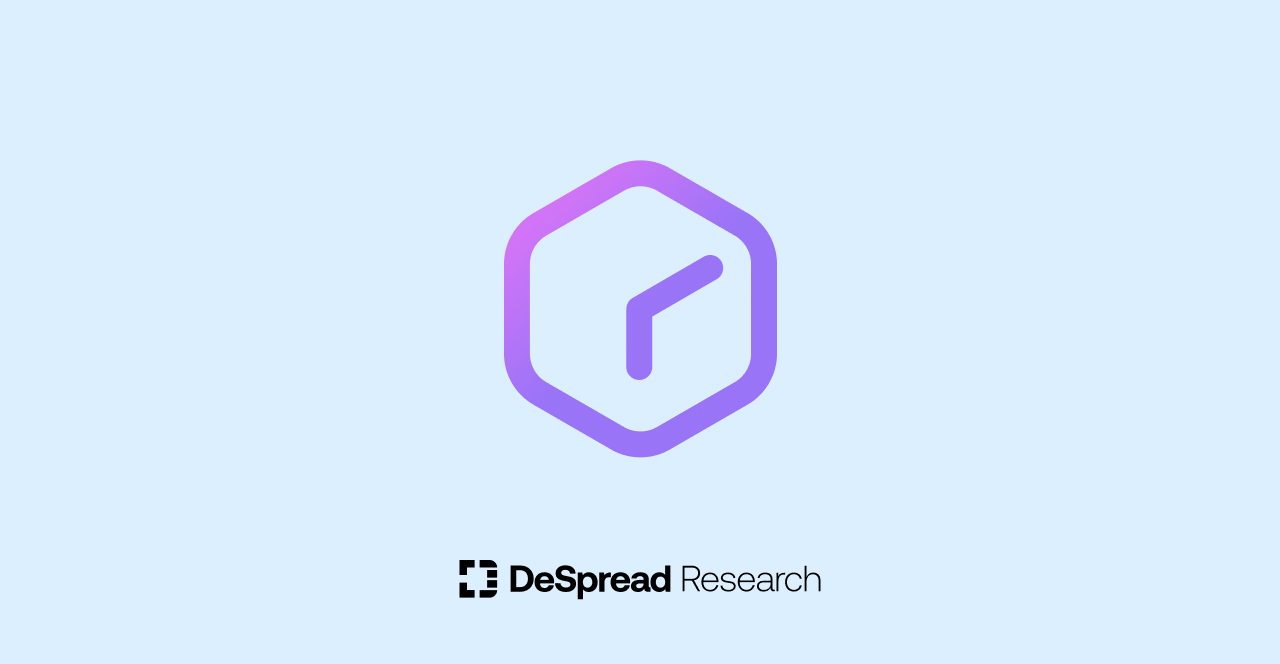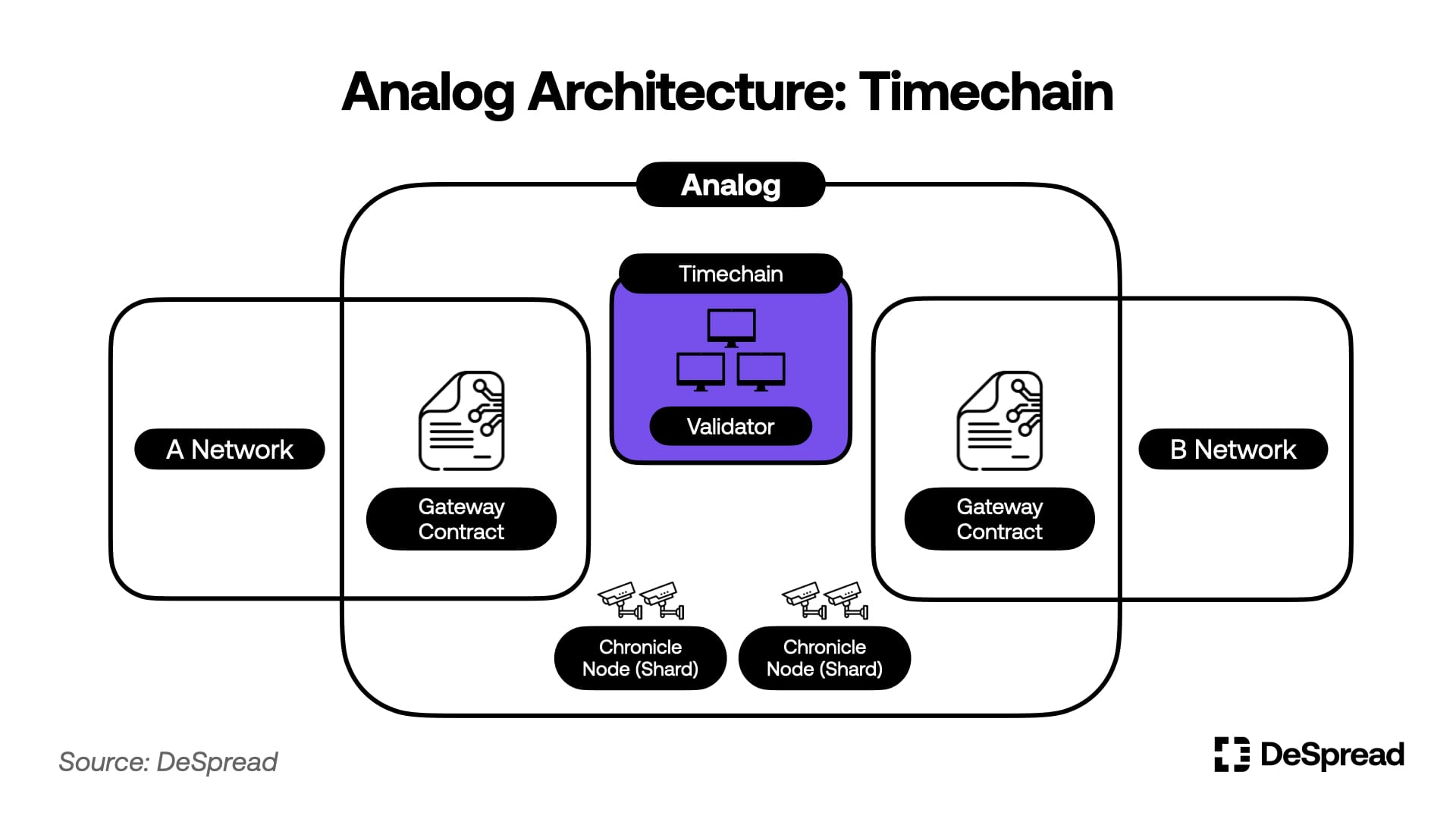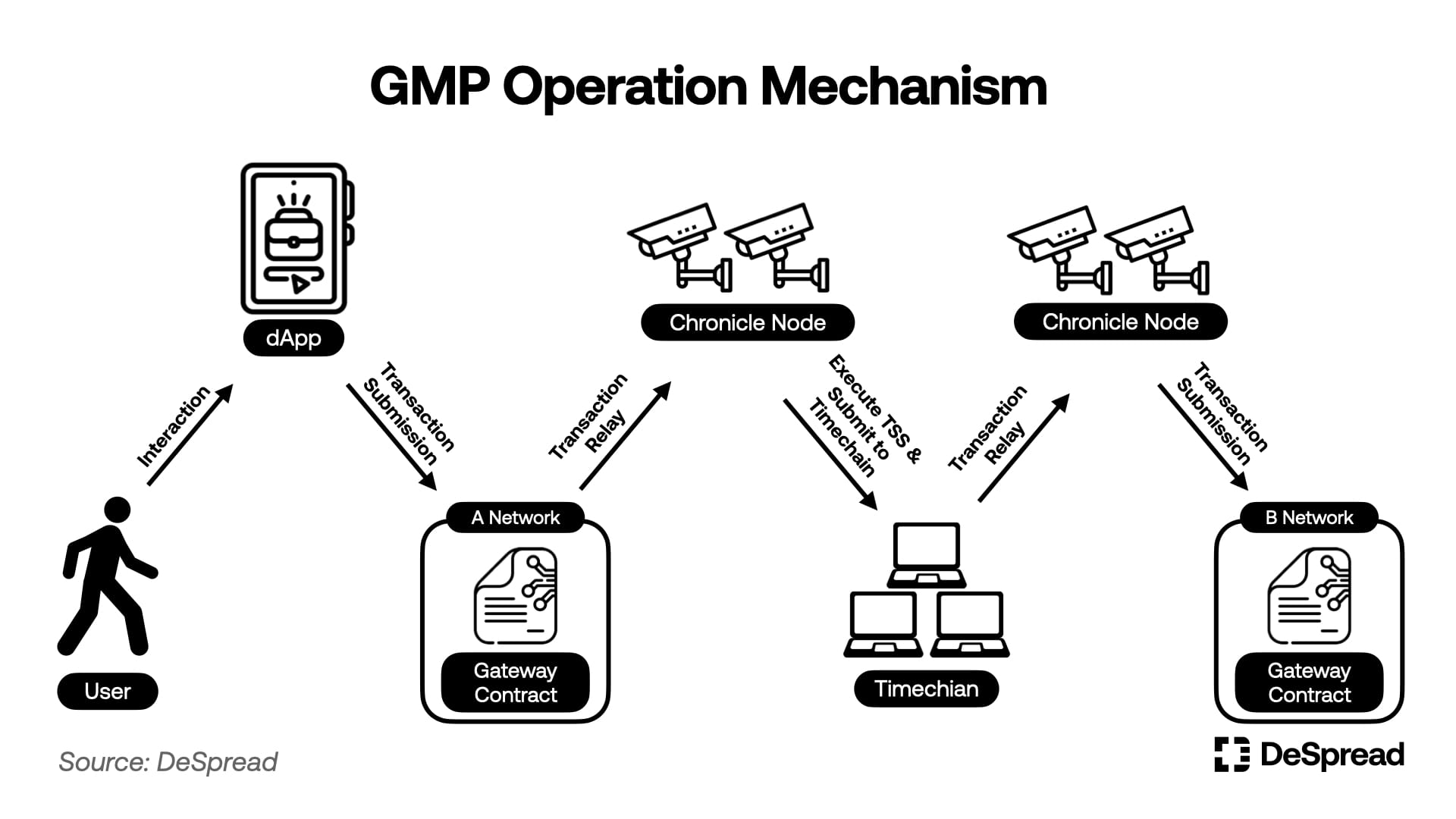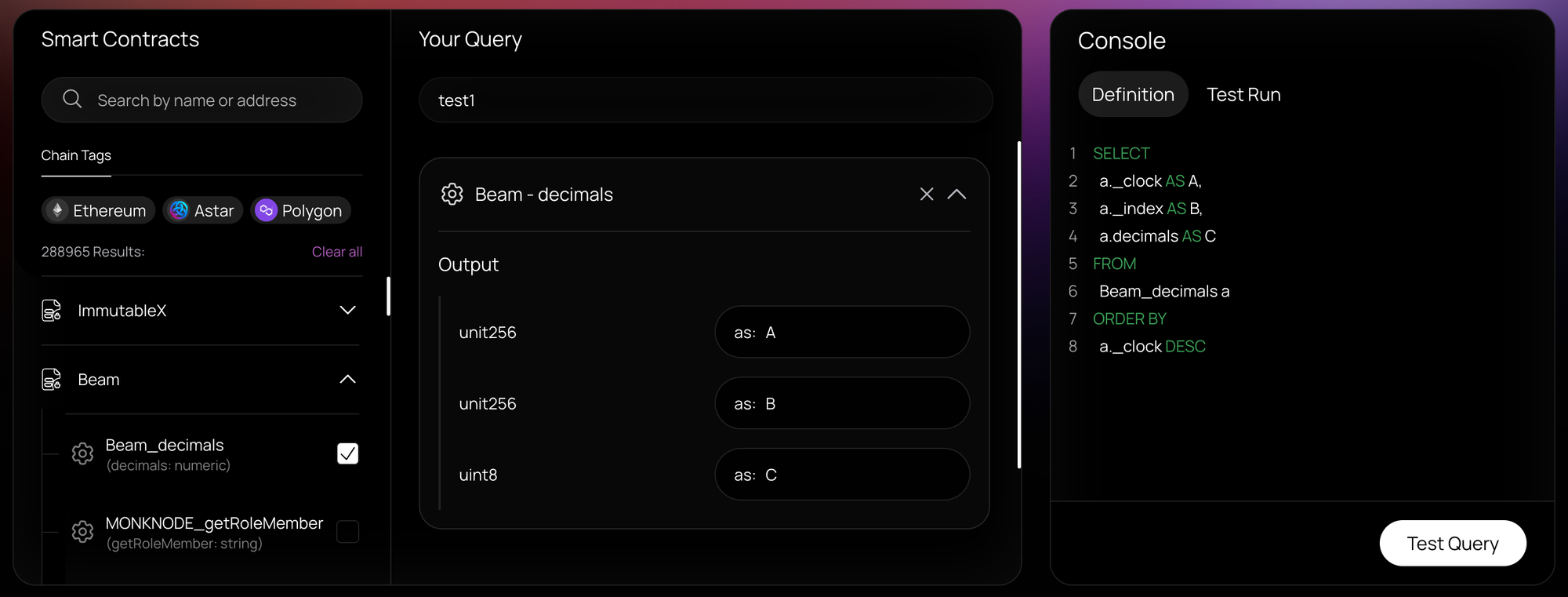
Analog — An Integrated Solution for Complete Interoperability
Focusing on Analog's Structure and Features

1. Introduction
The blockchain ecosystem is entering a multi-chain era with the continuous emergence of Cosmos Network-based appchains, Ethereum-based Layer 2 networks, and the rise of monolithic networks represented by Solana, Sui, and Aptos.
While innovative and efficient services are being created utilizing the characteristics of these diverse networks, issues such as liquidity fragmentation and user experience challenges have become increasingly prominent. In response, cross-chain messaging protocols for inter-chain interoperability, represented by Wormhole and LayerZero, have emerged and are establishing their positions through collaboration with various networks and applications.
However, these protocols primarily specialize in cross-chain message transmission and application building through it, without providing comprehensive accessibility to data across multiple networks. Therefore, when developing cross-chain dApps that require data from multiple networks, developers must either accept centralization risks and have the protocol directly extract and process data, or deal with the complexity of utilizing separate protocols such as:
- Decentralized Data Indexing Protocols: Protocols that refine and make queryable on-chain data needed by specific entities, allowing dApps to access necessary information quickly and easily (e.g., The Graph)
- Decentralized Oracle Protocols: Distributed protocols that provide external data to a specific blockchain network in a secure and reliable manner, enabling smart contracts to execute based on external information (e.g., Chainlink)
Thus, cross-chain dApp developers need both cross-chain messaging and secure, convenient access to on-chain data. Analog envisions establishing itself as a comprehensive interoperability solution platform by providing developers with integrated accessibility to these two core functions.
In this article, we will examine Analog's structure and analyze how it presents interoperability solutions to interchain dApp developers.
2. Analog, An All-in-One Interoperability Solution
As mentioned above, Analog is a platform that provides developers with a convenient development environment through both direct interoperability functions between networks, such as bridging/cross-chain messaging, and the ability to aggregate, index, and query on-chain data from multiple blockchains.
Currently operating an incentivized testnet ahead of its mainnet launch scheduled for late 2024, Analog rewards users who complete various quests with ATP, its internal points system. Users who accumulate ATP will be eligible for an airdrop of $ANLOG, Analog's native token, based on their accumulated points.
After mainnet launch, Analog plans to gradually expand its connections, starting with EVM-based networks such as Ethereum, BNB Chain, Polygon, and Astar, and progressively extending to other networks.
Before diving into Analog's interoperability features in detail, let's first understand its key components: the Timechain and Chronicle Nodes.
2.1. Timechain

At the core of Analog lies a blockchain network called the Timechain. The Timechain validates and records all interactions occurring within Analog-based protocols, ensuring the protocol's decentralization and security.
Built on Substrate SDK, Polkadot's blockchain construction framework, Timechain adopts the same NPoS (Nominated Proof of Stake) consensus mechanism as Polkadot. This allows native token ($ANLOG) holders to participate in network validation by staking their tokens to validators of their choice.
While the network consensus structure of selecting specific validators to stake tokens is similar to DPoS (Delegated Proof of Stake), there is a key difference: in DPoS, when slashing a malicious validator's staked amount, users who staked with that validator don't lose their stake. However, in NPoS, both the validator's stake and the stakes of users who nominated that validator are slashed.
2.2. Chronicle Nodes

In addition to the Timechain, Analog features Gateway Contracts that exist as smart contracts on other networks and serve as message gateways between Analog and other networks, and Chronicle Nodes that monitor transactions entering gateway contracts on connected chains and relay them to other gateway contracts.
To process cross-chain messaging requests in parallel, the Timechain groups a certain number of Chronicle nodes into shards. After shard configuration, Chronicle nodes within the shard must periodically prove their online status to the Timechain through online proofs. If a Chronicle node fails to provide an online proof and is found to be offline, it is removed from the shard and its staked amount is slashed.
Furthermore, Analog uses TSS (Threshold Signature Scheme) for specific cross-chain transaction requests, requiring a certain number of nodes to verify the transaction's validity and achieve 2/3 consensus, preventing malicious actions by Chronicle nodes. While the Analog team currently operates 24 Chronicle nodes in the testnet, they plan to update the system to allow users to operate Chronicle nodes by staking a certain amount of $ANLOG.
Through this structure, with the Timechain ensuring security and decentralization at its center and Chronicle nodes detecting and executing transactions submitted to Analog from other networks, Analog provides cross-chain interoperability features such as Analog GMP, Analog Watch, and Analog Automation.
3. Analog's Interoperability Features
3.1. Analog GMP (General Message Passing)
Analog GMP is Analog's cross-chain messaging feature that supports smart contract function calls between different chains. Developers can use GMP to implement various cross-chain features beyond simple bridging, such as:
- Cross-chain Swaps: Execute asset bridging and swaps between two networks in a single user transaction
- Cross-chain Lending: Use assets from one network as collateral for loans on another network
- Cross-chain NFTs: Issue NFTs that can be freely transferred and are compatible across networks
- Cross-chain Governance: Execute integrated governance across multiple chains
Frax Finance stands as a prominent example of projects planning to utilize Analog GMP, with plans to implement unified governance using their governance token veFXS distributed across multiple networks.
3.1.1. How Analog GMP Works
When a transaction containing a cross-chain message request is submitted to a cross-chain dApp using Analog, the message is delivered to another network through the following process:

- The cross-chain dApp that the user interacts with initiates cross-chain messaging by submitting a transaction to the Analog gateway contract deployed on a specific network
- The Chronicle node shard responsible for that network's gateway contract validates the transaction, executes TSS, and submits it to the Timechain
- The Timechain performs final validation and recording of the transaction submitted by the shard, then generates a transaction to be executed on the destination network and delivers it to the shard interacting with the gateway contract deployed on that network
- The shard submits the transaction received from the Timechain to the gateway contract on the destination network
During this process, while users need fees in native tokens for the initial transaction network, Timechain, and destination network, Analog provides a seamless user experience similar to operating on a single network by including fees for the other two networks in the transaction fee of the initial network.
3.2. Analog Watch
Analog Watch is Analog's sub-protocol that provides data indexing and query capabilities, allowing developers to efficiently collect and utilize on-chain data from various networks connected to Analog.
To use Analog Watch, you first need to list the smart contracts where the data you want to collect originates. After that, you can create views that define the range and form of data to be collected from the listed smart contracts, and execute data collection and queries by paying a certain amount of $ANLOG to activate the view.
While executing queries on data collected by Analog Watch originally requires GraphQL language and an environment to execute it (GraphQL IDE), Analog provides a Watch SDK that simplifies queries and helps write and execute GraphQL in different environments, offering convenient accessibility to Analog Watch. As a result, users can list smart contracts, create views, and execute queries in a web environment through the Watch Portal built using the SDK.

Data collected and processed through Watch can be used in dApps that operate based on external data or to display on-chain data needed by users in the dApp's frontend. Frax Finance, mentioned in the GMP section, plans to use both Analog GMP and Analog Watch to provide aggregated price data for $FRAX and $FXS tokens distributed across multiple networks.
While Analog Watch is currently provided as a centralized service by the Analog team, they plan to introduce an On-Demand Data Validation Service where Chronicle nodes perform TSS and the Timechain executes final validation on query results, similar to GMP, to ensure data stability.
3.3. Analog Automation
All blockchain smart contracts operate only when a transaction calling their functions occurs. Therefore, to automate specific on-chain actions, one must either use services provided by centralized entities or protocols like Chainlink or Gelato, but even these protocols don't automate actions across multiple chains.
Analog Automation is a protocol that automates specific on-chain actions in a cross-chain environment. Users can use automation by specifying a cross-chain message with the action to be performed and setting triggers for when the transaction should be submitted. Automation detects triggers through Analog Watch and submits cross-chain messages through Analog GMP.
As a protocol combining Analog's key features of GMP and Watch, cross-chain dApp developers can use automation to implement features such as:
- Limit orders in cross-chain DEXs
- Automation of reward claims and deposits in cross-chain DeFi
- Collateral protection through automatic liquidation features in cross-chain lending protocols
However, the automation feature is currently only introduced in the whitepaper and blog and is not available in the current testnet, so it will be necessary to monitor Analog's feature update progress.
4. Conclusion
With the emergence of cross-chain interoperability solutions, the user experience in the multi-chain environment has improved dramatically compared to the past. However, even when utilizing existing interoperability solutions, developers creating cross-chain dApps still face challenges in building high-quality applications with convenient features such as on-chain data utilization and transaction automation.
In response, Analog aims to provide an environment where developers can build various cross-chain dApps using Analog alone, without needing multiple protocols, by offering integrated solutions necessary for cross-chain dApp development, including Analog GMP, Analog Watch, and Analog Automation, centered around the Timechain.
While Analog clearly presents a higher vision compared to existing cross-chain interoperability solutions, many mechanisms specified in Analog's whitepaper, such as Chronicle node decentralization, On-Demand Data Validation Service, and Analog Automation, have not yet been implemented. Therefore, the successful update of these features will be crucial for Analog to achieve its stated vision in the future.